See our latest update: The Best Phones for Every Price Range
There are many factors to consider when buying a new phone, but for most people the crucial element is price. Are you willing to shell out almost a grand on the latest and greatest phone or will a $300 mid-range champion suffice?
To help you make your decision, we've collected together the top handsets from several different price ranges, explaining their best features and what makes them great buys.
Best for Most People
Apple iPhone 11
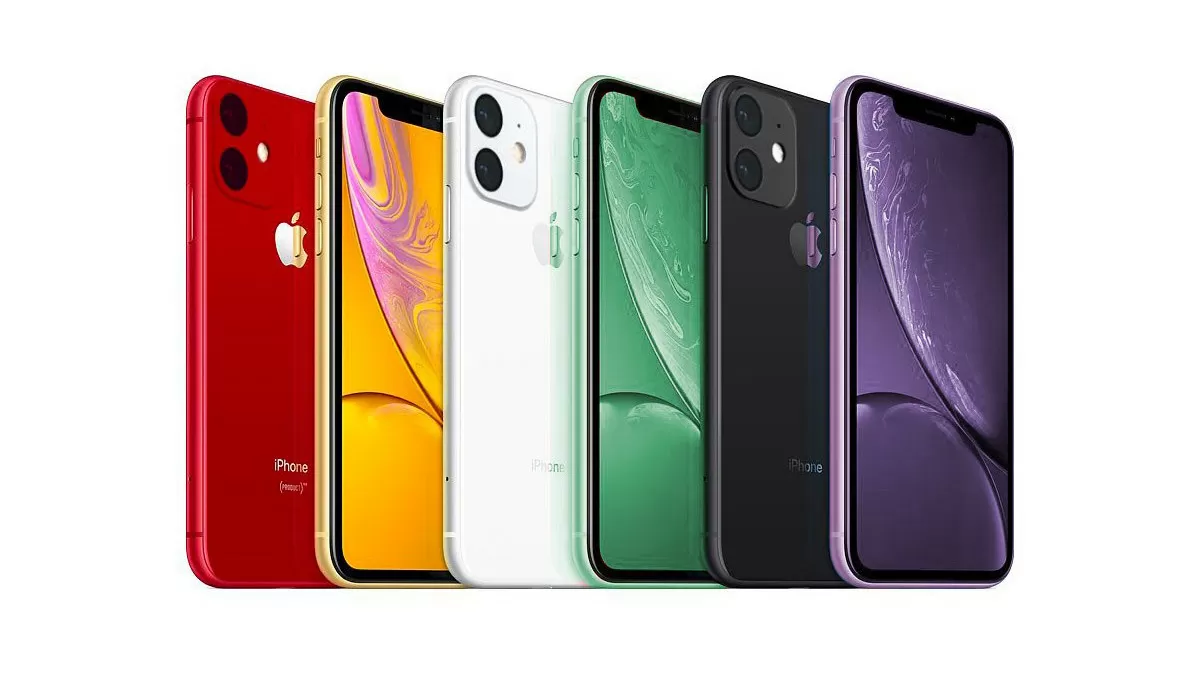
Apple's iPhone 11 remains a solid, mainstream device for most people. It's available to buy alongside the newer iPhone 12 but is a considerable $200 cheaper and nearly as good for day-to-day use. It packs the powerful A13 SoC inside an attractive design, though the iPhone 12's return to a flatter form factor might appeal more to some. While the 6.1-inch LCD's 1,792 x 828 resolution is on its way out, this was Apple's best selling display on the iPhone XR and then on the iPhone 11. Ask any owner, and you'll rarely hear a complaint about the display's overall quality.
Battery life is another reason to opt for the iPhone 11---which can be charged wirelessly--- as it offers an impressive 17 hours of video playback. You will find the usual iPhone drawbacks: no expandable storage, USB Type-C, or headphone jack. However the handset's excellent build quality and access to Apple's walled garden ecosystem, does offer the perfect iOS device for those not willing to spend anything over $600.
The iPhone 11's camera is not at the flagship level, but it's still pretty good for most people's needs. You get a 12MP ultra wide and wide cameras, with 2x optical zoom and 5x digital, which take advantage of Apple's advanced image processing to create some great snaps. You can also capture 4K video at 60 fps, and Face ID for authentication and payments. If you're not too concerned about camera performance, the 3-year old iPhone XR which is the iPhone 11's predecessor is still being sold new for $499.
A Worthy Alternative
Samsung Galaxy S20 'Fan Edition'
The Samsung Galaxy S20 FE gets you a 120Hz FullHD+ display, 5G, and great performance with the Snapdragon 865 at an affordable price. If you don't need the latest flagship, this is as close as it gets. The S20 FE is being priced to match the iPhone 11 so you can find it for $599 or even less, making it a killer alternative.
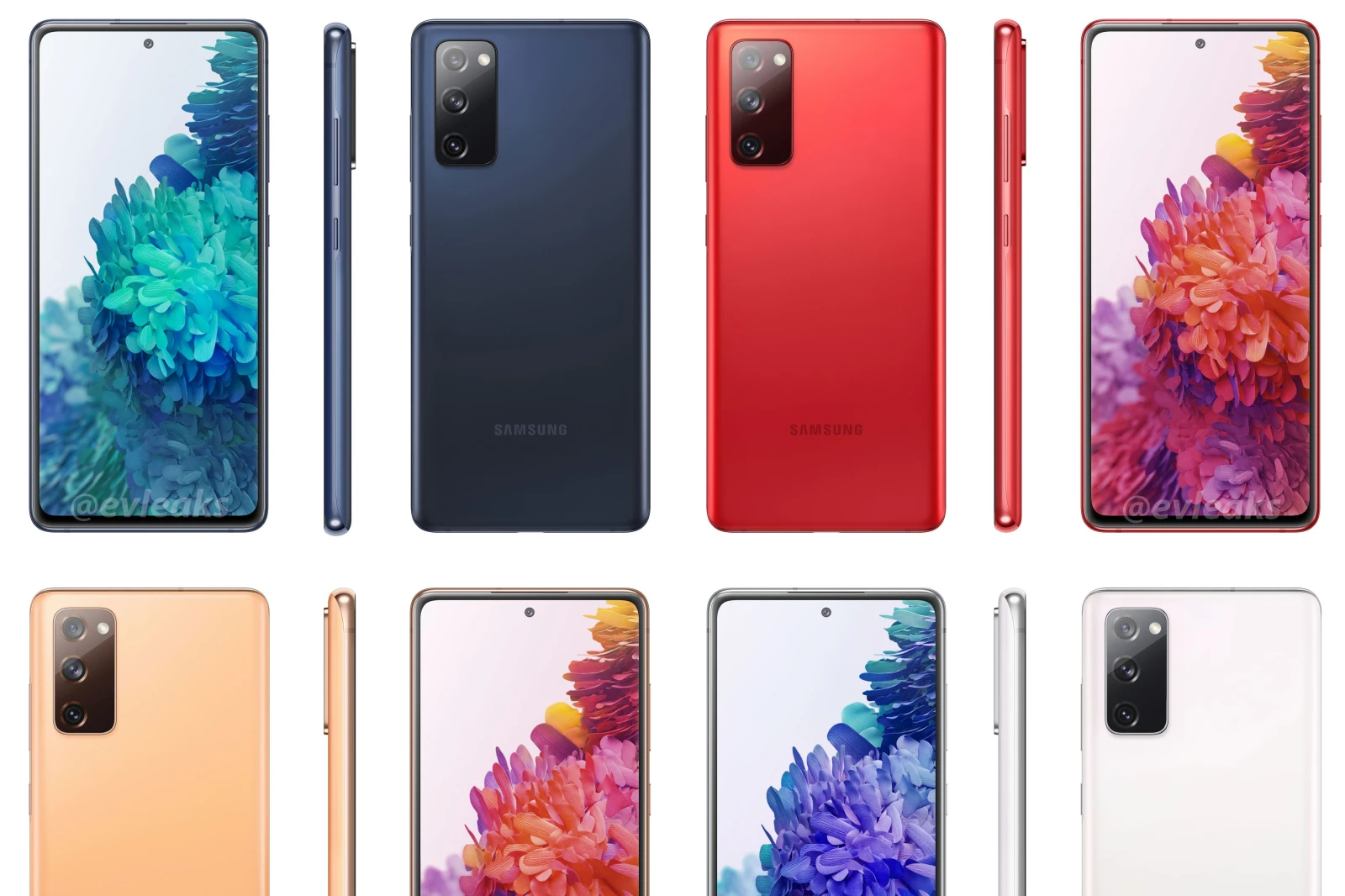
If you just read why we like the iPhone 11 as the top handset for most people, the same principles apply to Samsung's Galaxy Fan Edition as it handpicks some of the best features found on its more expensive siblings. But while the iPhone 11 favors build quality and camera performance, the Galaxy S20 FE gets a high quality display (6.5-inch OLED 120Hz) and great battery life. Early adopters reported touchscreen issues with this phone, but these were promptly addressed by Samsung via a firmware fix.
What do you sacrifice on the FE compared to the regular S20? The back is plastic instead of glass, the selfie camera is not as good and you get a slower charger in the box. Honestly, that's not much for what is potentially a S20-class device for a substantial discount.
Best Value Phones
OnePlus Nord N10 5G
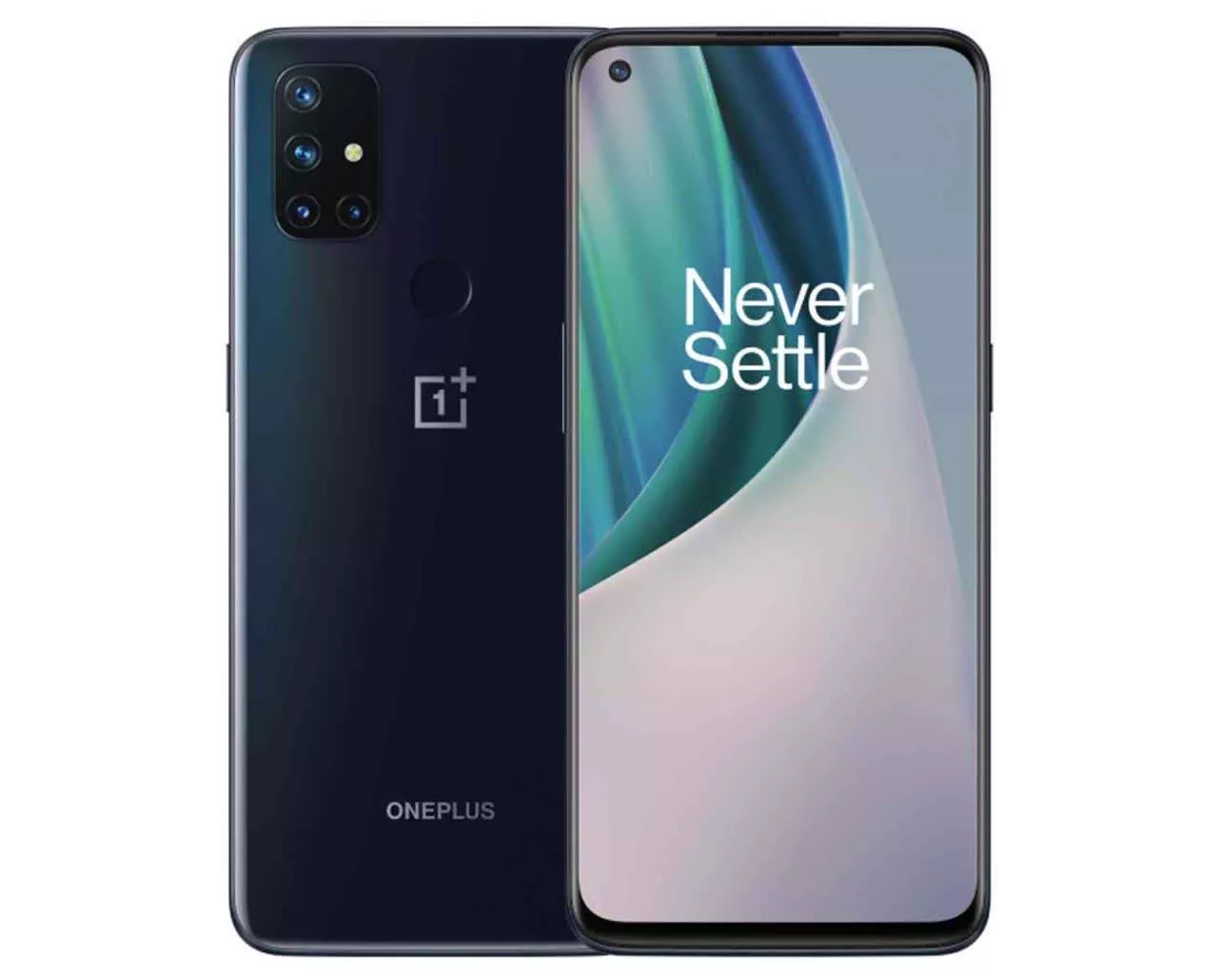
The OnePlus Nord is a return to form for a company that once used to undermine flagships in terms of specs, software, design, and price. OnePlus aims to offer all that value inside the mid-range Nord N10 5G, leaving the more expensive OnePlus 9 series to take care of the high-end iPhones and Galaxy S models.
For $300, the Nord N10 is an accomplished all-rounder that gives buyers access to a sizeable 6.5-inch FullHD+ 90Hz IPS display in a premium-feeling glass body. Combine it with OnePlus' near-stock Android, 6GB RAM, 128GB storage + microSD expansion, a decent quad-camera array with a 64 MP main lens, and it makes for a rather compelling package.
What's more, this phone offers 5G capabilities thanks to the Snapdragon 690 chip inside, and if battery life is a concern, the 4,300mAh power pack should easily get you through the day, while also supporting 30W warp charging that juices it back up to almost 70% in around 30 minutes and can fully charge the phone in less than an hour.
You won't find a fancy in-display fingerprint reader here, but the rear-mounted sensor should suffice, alongside other niceties such as NFC and a 3.5mm audio jack. Just be mindful that it doesn't come with any water or dust resistance (no IP rating), so think twice before checking your notifications in inclement weather.
Google's Pixel 4a starts at $349
The Google Pixel 4a brings an overall solid package with an excellent camera (again). The Pixel 4a remains a compact 5.8" phone with decent specs, pure Android, and good battery life. Debuting at $349, the 4a modernizes the Pixel with an all-screen display and a hole-punch cut out for the selfie camera.
The sleek, round design of the Pixel 4a is complemented by a mid-range Snapdragon 730G SoC and 128GB of internal storage. You'll only get a standard 60Hz screen here but it's an OLED panel, unlike the OnePlus Nord's 90Hz LCD unit.
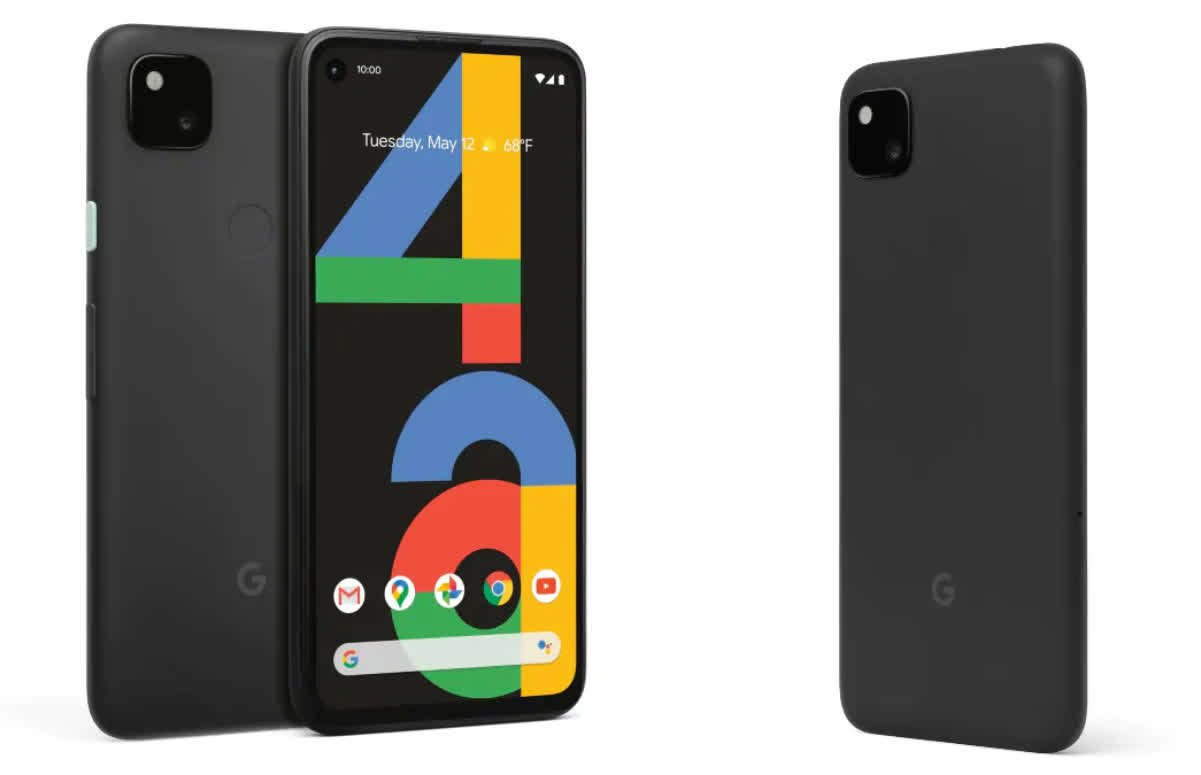
Like its OnePlus rival, the Pixel 4a doesn't support wireless charging, nor is it water-resistant, but it partially makes up for those losses by including a 3.5mm headphone jack -- these ports are becoming harder and harder to come by on modern devices, so it's nice to see one here as well.
The basic "Just Black" color scheme is all you'll get from Google in this release, but what the Pixel lacks in extras, makes up for with solid software and camera performance.
Why iPhone SE (or XR)
As much as we all want pocket-friendly phones to return, the reality is that very few people are actually buying them. At $399, the 2020 iPhone SE is Apple's only viable and affordable option in the waning small phone category. It's still the cheapest way to experience a new iPhone and remains a solid option for people who want everyday performance enabled by iOS in a small package, even if that experience comes with outdated hardware design and sub-par battery life.
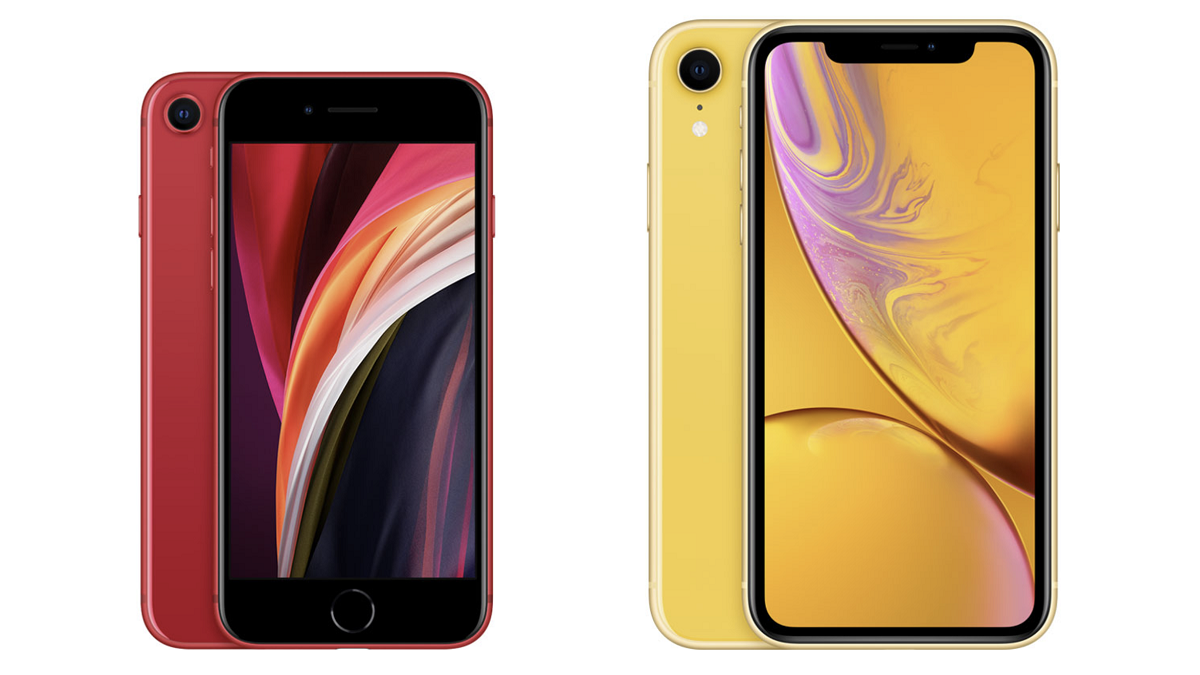
Value, however, can also come in different shapes, sizes, and colors, as demonstrated by the iPhone XR from 2018. For $100 more than the 2nd-gen SE, the $499 iPhone XR offers a bigger (6.1-inch vs 4.7-inch) display in a fairly modern design and will see you charging it far less often thanks to a much larger 2,942mAh battery vs the SE's 1,821mAh unit.
While the latter's A13 Bionic is newer and will beat the iPhone XR's A12 Bionic across benchmarks and in day-to-day usage, the performance differences are minor as compared to the advantages of a bigger display. Moreover, both phones feature IP67 dust and water resistance, Qi wireless charging, and come with Apple's industry-leading software support, guaranteeing longevity and peace of mind for the years to come.
The Best Budget
Xiaomi Poco M3

Although not as popular in the US as it is in Europe and the rest of the world, Xiaomi's budget-focused Poco brand raised quite a few eyebrows when the original F1 launched in 2018 with that year's flagship Qualcomm 845 SoC for just €329. It was a bit like the original OnePlus but without the good software. Fast forward to 2021, and Xiaomi's Poco lineup now also includes C, M, and X-series models that aggressively target the entry-level category with highly competitive offerings.
If it's available in your region, the best budget Android currently in the market is the Poco M3, which packs a big 6.53-inch 2340 x 1080 IPS display, a Snapdragon 662 SoC, 4GB RAM with 64GB of storage, triple-cameras, and a chunky long-lasting 6,000 mAh battery – all for an incredible $155.
It also comes with stereo speakers, reverse wireless charging, a side-mounted fingerprint sensor, and sports a bold design with solid build quality. Xiaomi's bloaty and ad-ridden Android 10-powered MIUI 12 isn't going to be as slick as the stock OS, but its built-in intuitive gestures and rich customization options do their part to balance the experience in what is a very capable entry-level phone.
A Worthy Alternative
Motorola G Power 2020
For the no-frills budget buyer, Motorola's G Power 2021 could have been an easy recommendation, but thanks to some poor choices made by Motorola, this phone's predecessor, the G Power 2020, still remains superior in most areas and is also expectedly cheaper.
For some odd reason, Motorola decided to downgrade the 2021 G Power's internals, offering less RAM (3GB vs 4GB) and half the storage (32GB vs 64GB) on the base model. Despite being just 0.2-inches smaller, the G Power 2020 also features a higher resolution screen (2300 x 1080 pixels vs 1600 x 720 pixels) and packs the same 5,000 mAh battery as the 2021 model.
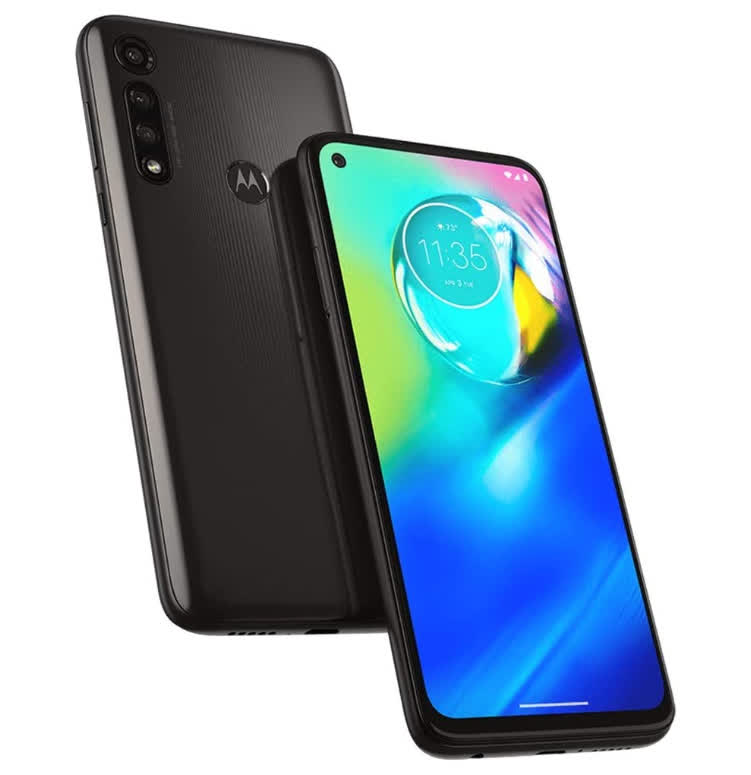
The older phone has an inferior triple-camera setup, but it's not like the newer phone's array inside a slightly redesigned module will be winning any photography competitions, especially at the sub-$200 price point.
Both phones have near-stock Android, support microSD expansion and offer nearly the same connectivity features, with the 2021 G Power having a side-mounted fingerprint sensor, while the 2020 model comes with a rear-mounted unit.
Display, everyday performance, and battery endurance are ever so crucial factors in the budget category, and when it comes to the Moto G Power, the 2020 version surpasses its successor in two out of those three, while offering the same 3-day battery life.
Honorable Mentions
Xiaomi Poco X3 NFC and Realme 6
If you manage to find some spare change under the sofa and can extend your budget to around $250, both the Poco X3 NFC and Realme 6 are solid choices that pack fluid displays. Xiaomi's offering gives you a 6.5-inch 120Hz LCD display, 6GB/64GB base storage, quad-cameras and a chunky 33W fast charge-capable 5,160mAh battery, alongside other niceties like a 3.5mm jack and an IR blaster.
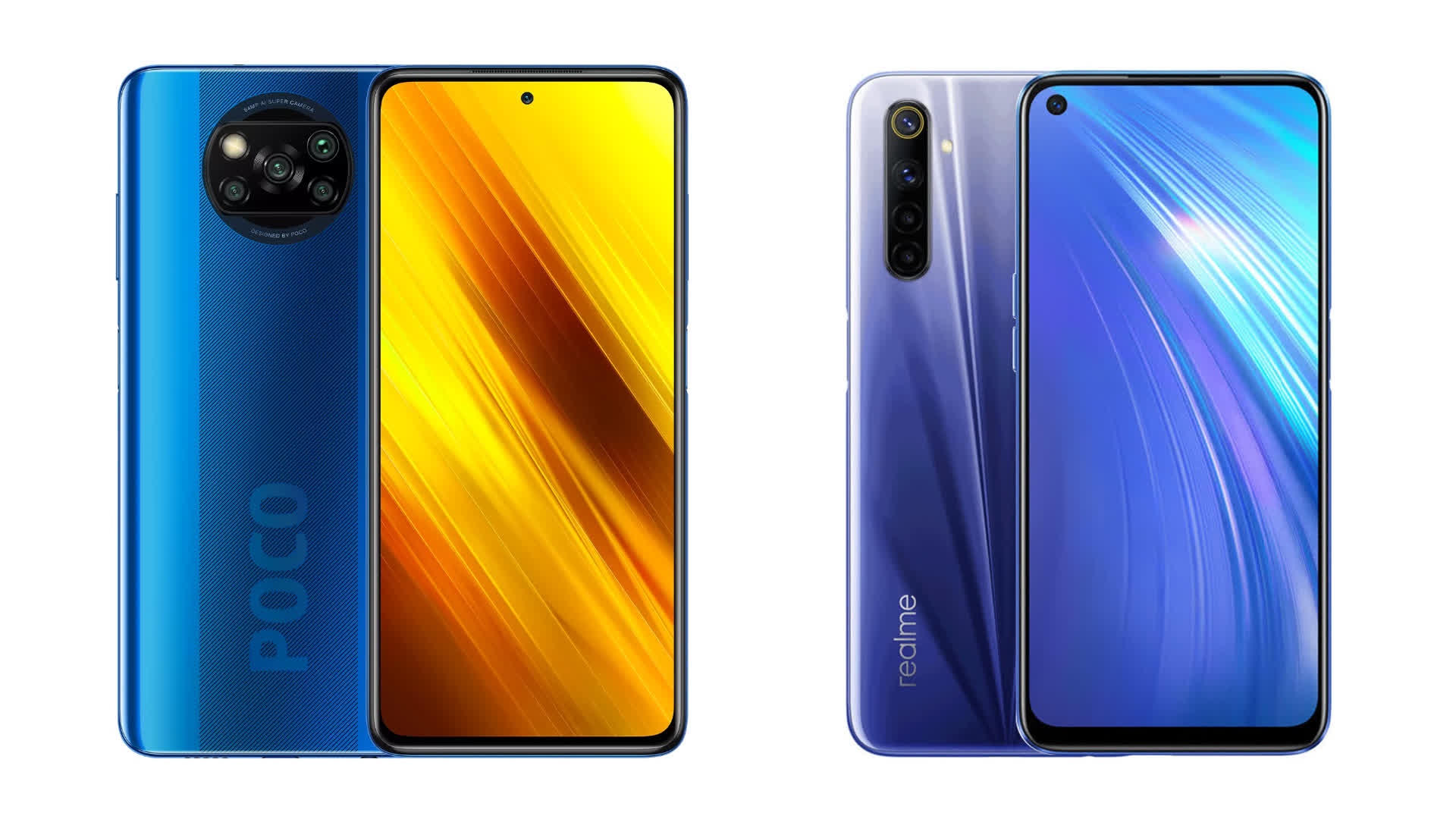
The similarly priced Realme 6 has a 6.5-inch 90Hz LCD, 4GB/64GB base storage, a slightly better camera setup than the Poco X3 and a 4,300mAh battery with 30W fast charging. Xiaomi and Realme's Android skins aren't their strong suits, but the customization options and gestures on offer do their best to balance the ad-ridden, bloaty software experience.
Best of the Best
Samsung Galaxy S21+
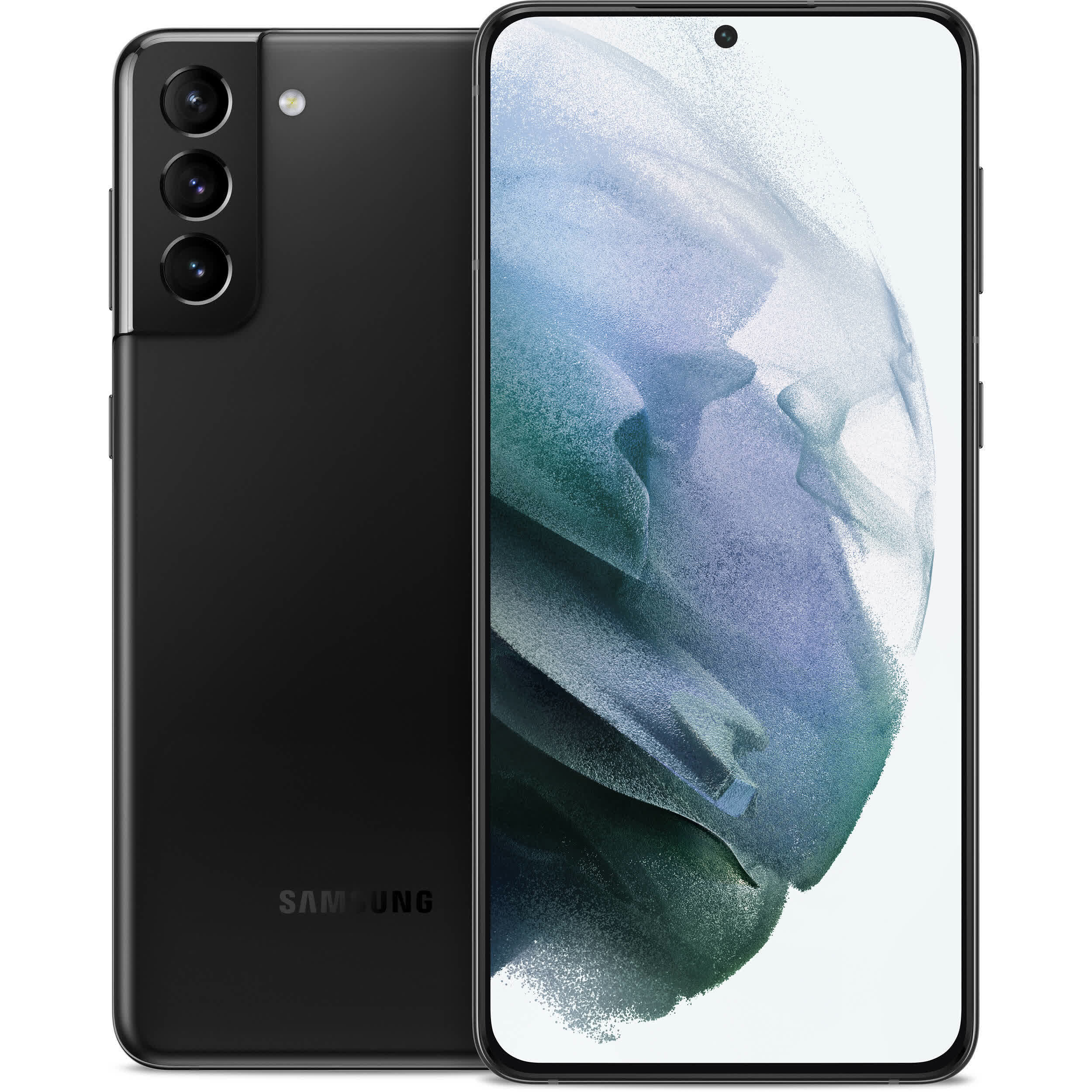
Samsung made all the right decisions with its 2021 Galaxy S lineup, bringing a major redesign for its flagship hardware that's now more affordable across the board. That's led to a three-fold improvement in sales this time around, and further solidified Samsung's position in the premium Android space.
While all three entries, the Galaxy S21, the S21+, and the S21 Ultra are powered by Qualcomm's flagship 888 SoC and are hugely capable in their own right, it's the one in the middle the ticks the most boxes and does it with an attractive $799 price tag.
Samsung's industry-leading AMOLED display in the S21+ measures in at 6.7-inches with a 2400 x 1080 resolution and 120Hz variable refresh rate that can go as low as 48Hz in certain usage scenarios for added power efficiency. The panel has a slightly increased peak brightness than its predecessor at 1300 nits and is now flat instead of curved, which results in a better viewing experience as content doesn't get distorted at the edges and should make it easier to apply a screen protector. A faster in-display fingerprint sensor greatly improves daily usability, as does support for the S-Pen accessory, which can be purchased separately.
A larger footprint also means a bigger battery in the S21+, which at 4,800 mAh is 800 mAh more than the standard $699 S21 and just 200 mAh less than the ~$1,200 S21 Ultra. The Plus model hits the price/capacity sweet spot and like its siblings, is further complemented by 25W fast charging support, 15W fast wireless charging, and 4.5W reverse wireless charging.
Of course, bringing the price down meant Samsung had to cut a few corners in this generation. The triple-cameras on the S21+ have not been improved from last year. In fact, the newer model loses the time of flight sensor found on the S20+. It remains a solid performer nonetheless, and if you're really after the ultimate Samsung camera experience, spend a couple of hundred dollars more to get the S21 Ultra and its quad-camera setup that packs an insane 108MP primary lens with laser autofocus and 10x optical zoom on the secondary 10MP periscope unit.
The only noticeable downgrade with the S21+ over its predecessor is the lack of microSD card support, which unfortunately can only be addressed to some extent by forking out $200 extra for the 256GB variant that doubles the storage over the 128GB base model.
Samsung's One UI remains a polarizing Android skin and the accompanying software update schedule and support do leave room for improvement. The company, however, is remedying the situation somewhat by aiming to provide at least 4 years of security updates for new Galaxy devices.
Honorable Mention
Samsung Galaxy S21 Ultra
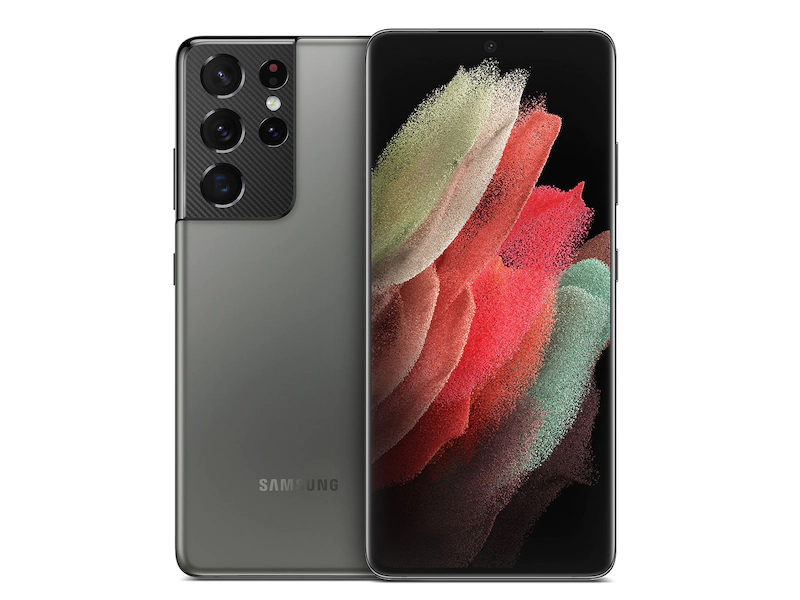
Willing to splurge out $1,000 or more on your next Android phone? Let Samsung's Galaxy S21 Ultra fit your bill. This flagship of flagships offers the biggest battery in the S21 lineup at 5,000mAh, packs the most potent camera setup of any phone out there, and is also the only device currently available that combines Samsung's industry-leading AMOLED display with QHD resolution and a 120Hz refresh rate.
The Flagship iPhone
Apple iPhone 12 Pro Max
The iPhone 12 Pro (6.1-inch) and 12 Pro Max (6.7-inch) have received a design refresh with a blockier yet svelte look, powered by Apple's latest A14 Bionic SoC that is both powerful and efficient. It features six CPU cores and four GPU cores, built on a 5nm manufacturing process.
The iPhone 12 Pros support 5G connectivity (sub-6GHz and mmWave) out of the box, and as it's usually the case with these yearly releases, they bring the best possible combination of technologies in an iPhone, but you will have to pay for the privilege. In addition to the larger display, the 12 Pro Max also gets a bigger battery and thus it's longer-lasting (and our preferred model between the two).
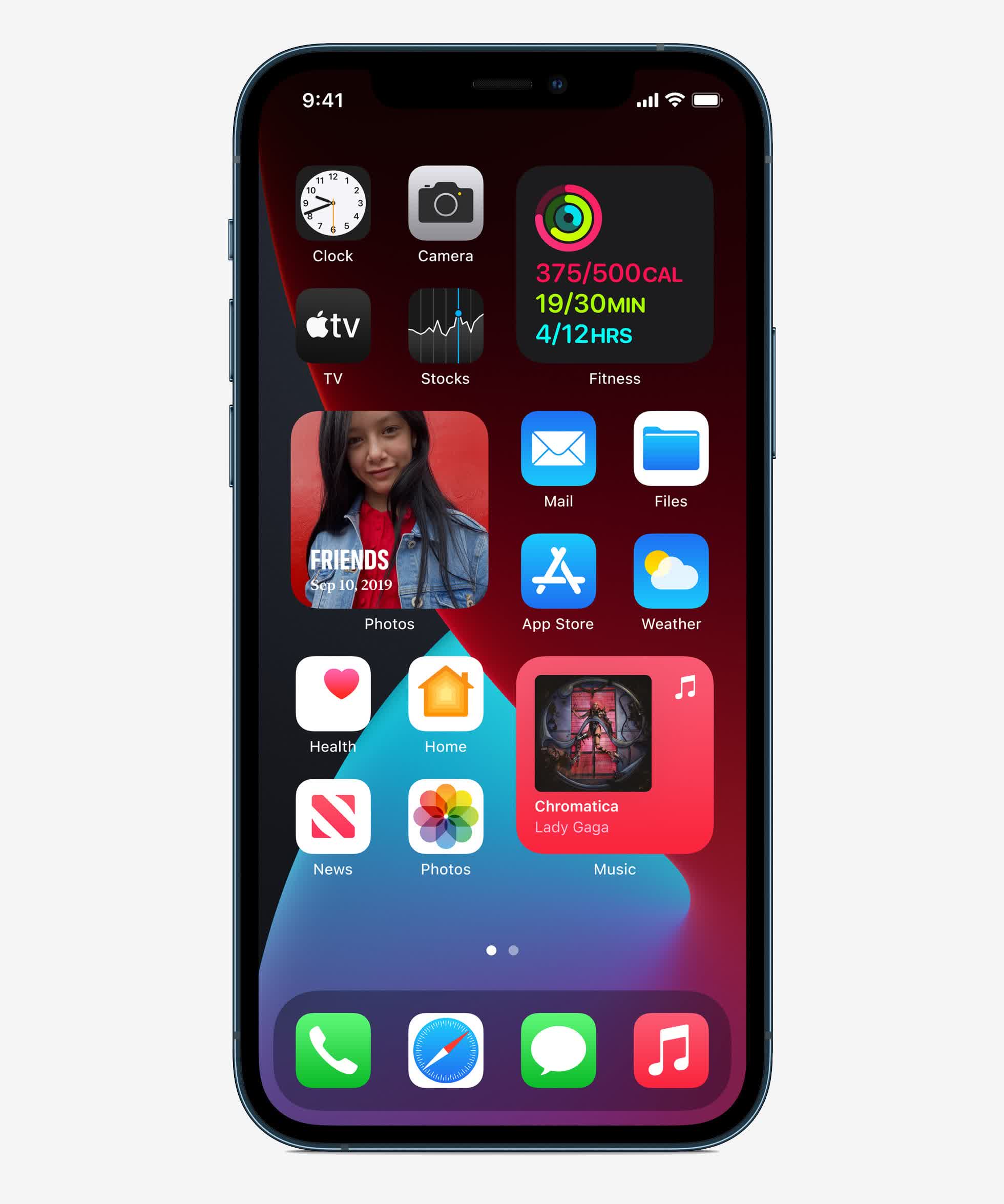
The 12 Pro and 12 Pro Max are offered in silver, gold, graphite, and a new blue color scheme with a stainless steel bezel. They start at $999 and $1,099, respectively, with 128GB of onboard storage (256GB and 512GB variants add $100 on each step), wireless charging, and IP68 water and dust resistance.
New in this year's iteration is support with new MagSafe accessories and the "Ceramic Shield" coating on the front glass that's said to increase drop resistance – in our informal testing, it's just as prone to cracking if it accidentally hits the floor.
Apple's latest iPhones also get a camera upgrade, both have three 12-megapixel rear-facing cameras and an additional LiDAR sensor for depth mapping. These include an ultra-wide shooter with f/2.4 aperture and 120-degree field of view, a wide-angle lens with f/1.6 aperture, and a telephoto with f/2.0 aperture (on the Pro) and f/2.2 aperture on the Pro Max. The Pro Max also boasts sensor-shift optical image stabilization that can reportedly enable handheld shots with shutter times as long as two seconds. The front-facing TrueDepth camera is a 12-megapixel sensor with an f/2.2 aperture.
While Samsung may offer a few advantages on the spec sheet (particularly on the display), you'll often find the iPhone 12 Pro grabbing the award for best smartphone camera, thanks to its image processing tech. The lack of USB Type-C and expandable storage still irks some people, and a $999 starting price is steep, but this is the flagship iPhone 12 Pro, and those who can afford it and like Apple's ecosystem can easily justify the expense as it's a great overall device.
Masthead credit: Anh Nhat

